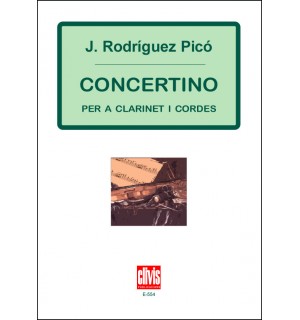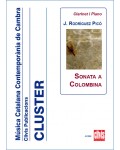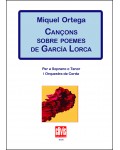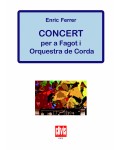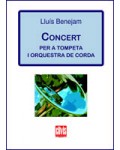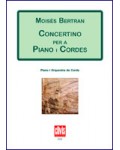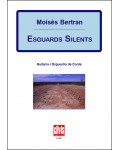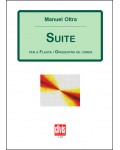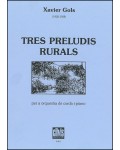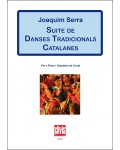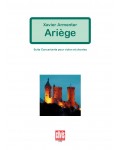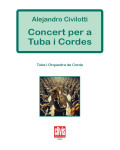
No products
Prices are tax included
Product successfully added to your shopping cart
There are 0 items in your cart. There is 1 item in your cart.
- English
- Castellano
- Català
Concertino per a clarinet i cordes
DE554
The Concertino per a clarinet i cordes takes the 20th century concertinos for clarinet as its reference, using the technical resources proposed by such works. In spite of being divided into two parts, the piece is written as a continuous work which is, however, full of contrast.
| Period | 20th c. |
| Instruments | clarinet, string orchestra |
| Pages | 48 |
| Time | 10 min |
| Contents | score + clarinet part |
| ISMN | 979-0-3502-0624-5 |
| Remarks | The string parts are available in rent regime. Contact the publishing company. |
| Price of print edition | 18,70€ |
| Orchestras | si |
| Edition | Digital |
The works I have dedicated to the clarinet can be divided into three groups: educational pieces such as Estudis per a clarinet, pieces for solo clarinet or clarinet duets such as Preludi i Dansa and Sonata núm.1 a Colombina, and pieces written for clarinet and orchestra or instrument ensemble.
In addition to the two concertos for clarinet and orchestra, I have written two pieces for instrument ensemble and clarinet. The first of these was Barcelona Revisited, and the second was the Concertino.
The latter, which was finished in July 2006, is the result of a faraway memory from when I was studying Busoni’s Concertino at the Conservatoire. This form, which combines brevity, virtuosism and the juxtaposition of expressive passages with faster, more restless passages, is essential for players to acquire confidence in, and knowledge of, the repertoire.
The Concertino per a clarinet i cordes takes the 20th century concertinos for clarinet as its reference, using the technical resources proposed by such works. In spite of being divided into two parts, the piece is written as a continuous work which is, however, full of contrast.
Jesús Rodríguez Picó

